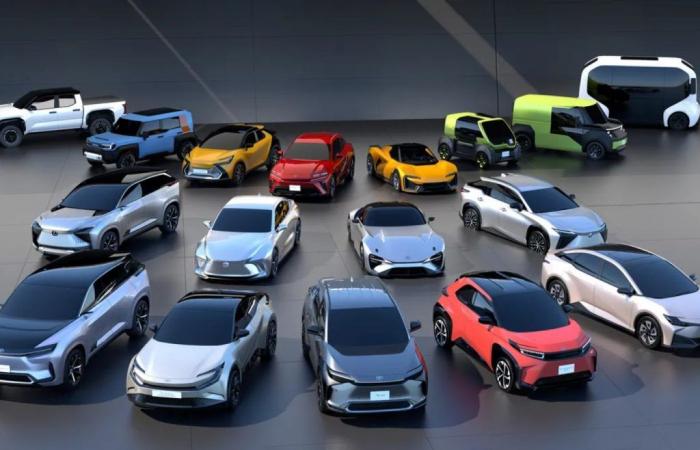Electric car news
The automotive world is undergoing a major transformation with the rise of electric vehicles. Long confined to niche markets, these vehicles are now establishing themselves as a credible alternative to thermal engines. But this announced revolution raises many questions. Will the electric car keep its environmental promises? What are the challenges to ensure its large-scale deployment? Let’s dive behind the scenes of this transformation in the automotive sector.
The irresistible rise of the electric car
After decades of confidentiality, the electric car market has experienced meteoric growth since the early 2010s. In 2023, these are more than 10 million units which have been sold throughout the world, including nearly 300,000 in France alone. A figure which testifies to the growing enthusiasm of consumers for this technology knowing that sales stabilized at the start of 2024 and then resumed growth since the start of the school year in September.
Several factors explain this growth:
- Ecological awareness and the desire to reduce air pollution
- Technological progress, particularly in batteries
- Government incentives (purchase bonuses, low-emission zones, etc.)
- The expansion of manufacturers’ offerings
Result: the global fleet of electric vehicles now exceeds 21 million units et more than 800,000 in France at the end of 2023 and therefore exceed one million units from this year 2024. China largely dominates this market with more than half of sales, followed by Europe (25%) and the United States (11%).
Faced with this dynamic, many countries have announced the upcoming ban on the sale of new thermal vehicles. The European Union has therefore set the deadline at 2035. An ambitious timetable which nevertheless raises questions about its feasibility.
The challenges of massive electrification
If the electric car appears to be a solution for the future, its large-scale deployment faces several major obstacles.
The first concerns the supply of raw materials. The manufacture of batteries indeed requires rare metals like lithium, cobalt or nickel. However, deposits are limited and concentrated in a few countries, which raises fears of geopolitical tensions and price spikes. The International Energy Agency is therefore warning of a possible bottleneck from 2025.
The development of charging infrastructure constitutes another major challenge. In France, it would be necessary to move from 146,000 public terminals in August 2024 to more than 1 million in 2030 to support the growth of the electric fleet, without counting private means of charging: currently 700,000 sockets and charging stations are installed in private homes, a figure which will have to rise to nearly 7 million by 2030. A colossal project which raises the question financing and social acceptability.
The environmental impact also remains subject to debate. If the electric car does not emit pollutants during its use, its manufacturing generates a significant carbon footprint. Battery production is particularly energy-intensive. In addition, the ecological balance largely depends on the country’s electricity mix: a vehicle recharged with electricity from coal will have a much more negative impact than one powered by renewable energies.
Finally, the reconversion of the traditional automobile sector raises questions. In Europe, 500,000 jobs would be threatened by the abandonment of thermal engines. A major social and economic issue for the territories concerned.
Towards reasoned electrification?
Faced with these challenges, many experts are calling for a more measured approach to the electrification of the vehicle fleet. Rather than aiming for a total and rapid replacement of thermal vehicles, they recommend a gradual and targeted transition.
Several avenues have been put forward:
- Prioritize the electrification of light and urban vehicles, more suited to this technology
- Develop electric retrofit to convert existing thermal vehicles
- Encourage extended range solutions (plug-in hybrids, range extenders)
- Implement a tax system favoring lighter and less energy-consuming vehicles
The objective is to maximize environmental benefits while limiting negative impacts on industry and resources.
Beyond these technical aspects, our entire approach to mobility is being questioned. The electric car should not be seen as a simple replacement for the thermal automobile, but as an opportunity to rethink our modes of travel. This involves in particular the development of public transport, cycling and walking, as well as better organization of urban space to reduce mobility needs.
The transition to electricity therefore represents a major technical, economic and societal challenge. Its success will depend on our ability to find the right balance between technological innovation and energy sobriety. A bold but necessary bet in the face of the climate emergency.
Written by Philippe Moureau
Forty-year-old passionate about electric cars. I am interested in the energy transition and the fight against greenhouse gas emissions. I am a true electric car enthusiast and environmental advocate.
React to the article







